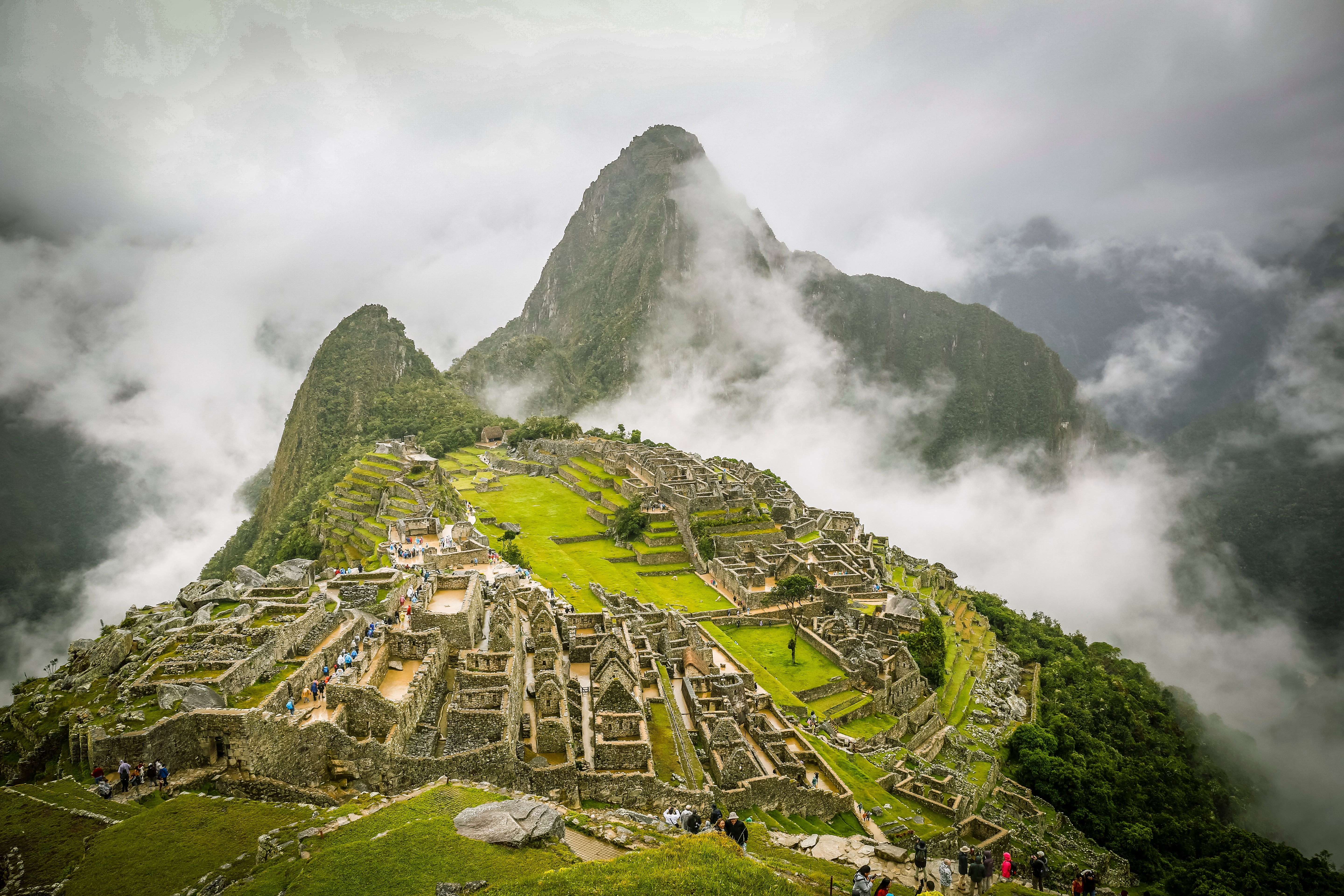Is it safe to travel to Peru amid the anti-government protests?
Official guidance covers where the protests are happening and how travel plans are being affected

The political situation in Peru is being described as “volatile” by the UK Foreign Office (FCDO), a week after the country’s former president was ousted.
Newly appointed President of Peru Dina Boluarte entered office on 7 December as the first female government leader, replacing her predecessor Pedro Castillo. After being removed from office, Castillo now faces an impeachment trial.
As a result, anti-government protests are widespread, and a state of emergency has been declared in some Peruvian areas. The violence and disruption is widely reported to have led to serious injury and deaths, and some travel services have been suspended due to escalating tensions.
Here’s everything we know about where the protests are happening in Peru, what the Foreign Office says, and whether it’s safe for tourists.
Where are protests happening?
The protests in Peru are happening in Apurimac, Arequipa, Cusco, Ica, and along the Panamericana Highway, where roadblocks are in place.
Train disruptions include the suspension of PeruRail train links to and from popular tourist site Machu Picchu, and both Arequipa and Cusco airports are currently closed. Additionally, other Ferrocarril Transandino rail journeys are also affected, and there’s disruption to tour bus routes in Southern Peru.
It was reported by the FCDO on 7 December that a state of emergency has been declared for 60 days “in the following provinces of the Apurimac region: Abancay, Andahuaylas, Chincheros, Grau, Cotabambas, Antabamba and Aymaraes.”
What does the UK Foreign Office say?
The UK Foreign Office says: “The political situation is volatile. Protests can escalate quickly and include violence.
“Local protests are common, can start with very little notice, and can turn violent quickly, potentially causing lengthy disruption to travel and services.
“Protests can disrupt road, rail, river and air travel and affect tourist areas.”
Is it safe for tourists?
Tourists have been advised by the Foreign Office to avoid large gatherings and protests, and told to “follow the authorities’ advice and monitor local media closely.”
Meanwhile, there is a dedicated Safety and Security page for tourists travelling to Peru, which says: “You should always remain vigilant, avoid any protests or demonstrations and keep up to date with developments via official local sources.”
“Be wary of unverified, unofficial information,” the advice continues, adding: “You should ensure you travel with a sufficient supply of food, water and personal medication, and allow extra time to reach your destination.”
Can I cancel my trip?
If you want to cancel your trip to Peru, you need to get in touch with your travel company.
“Travel companies make their own decisions about whether or not to offer customers a refund,” the Foreign Office says, before concluding: “Many of them use our travel advice to help them reach these decisions, but we do not instruct travel companies on when they can or can’t offer a refund to their customers.”
What should I do if I’m in Peru?
The Peruvian tourist authority i-Peru has created an online form for any stranded foreign nationals to complete, to help them understand who may be affected by the current situation and inform the work of local authorities. “This is not a UK Government registration scheme and we will not receive the information or be contacting those who complete the form,” say the FCDO.
It advises: “If you’re in need of emergency help from the UK government, contact the nearest British embassy, consulate or high commission.”
Join our commenting forum
Join thought-provoking conversations, follow other Independent readers and see their replies
Comments
Bookmark popover
Removed from bookmarks